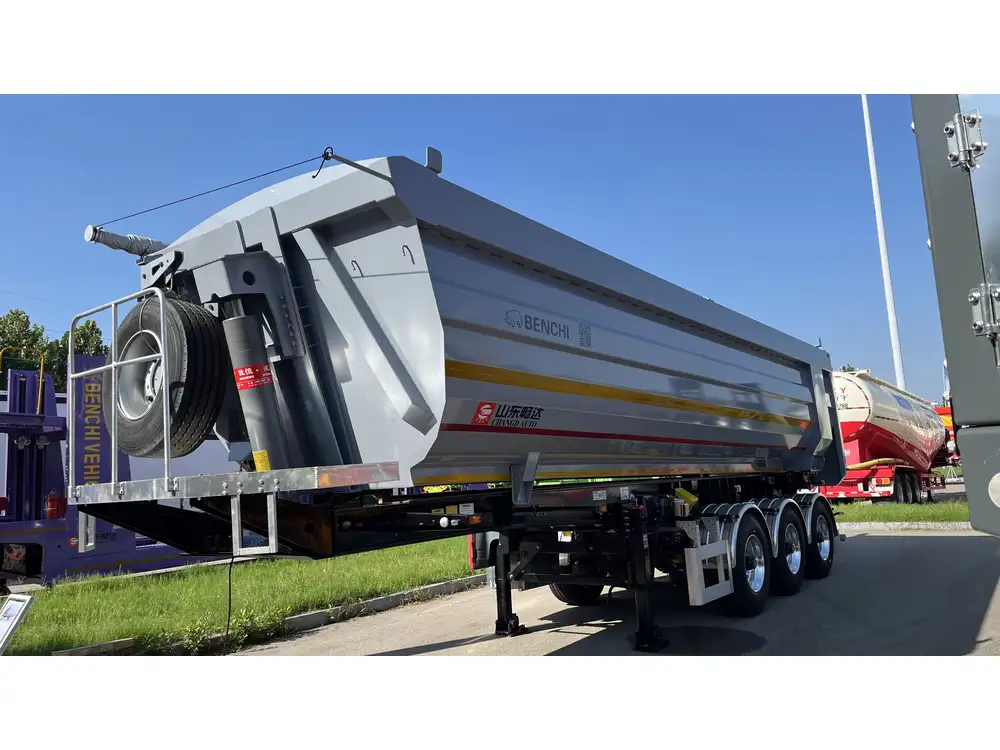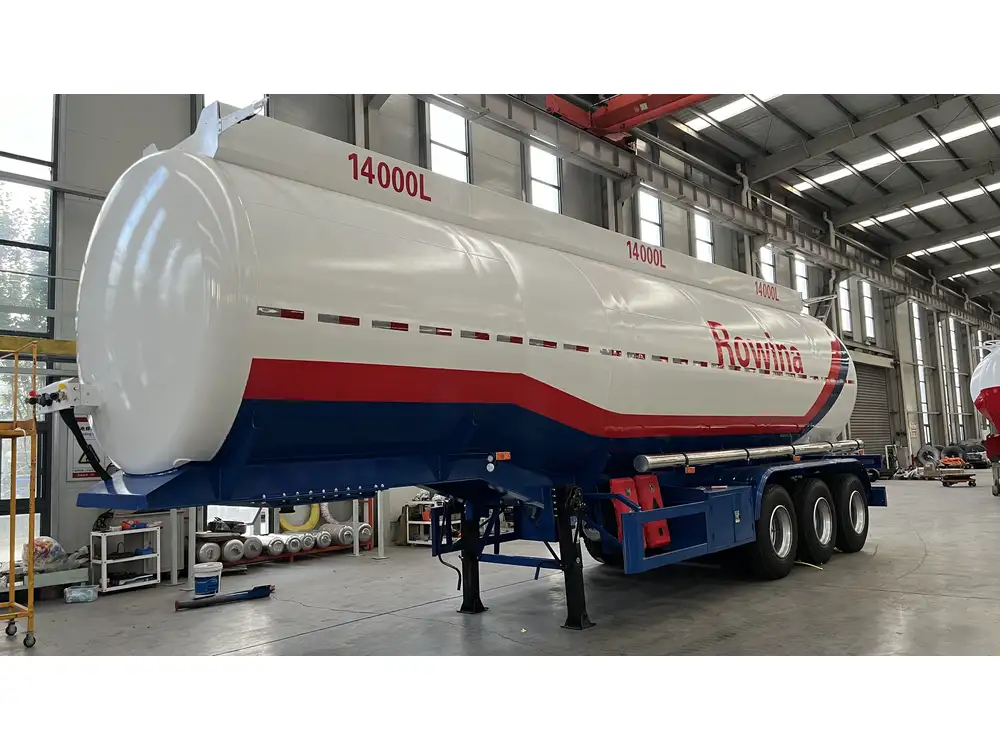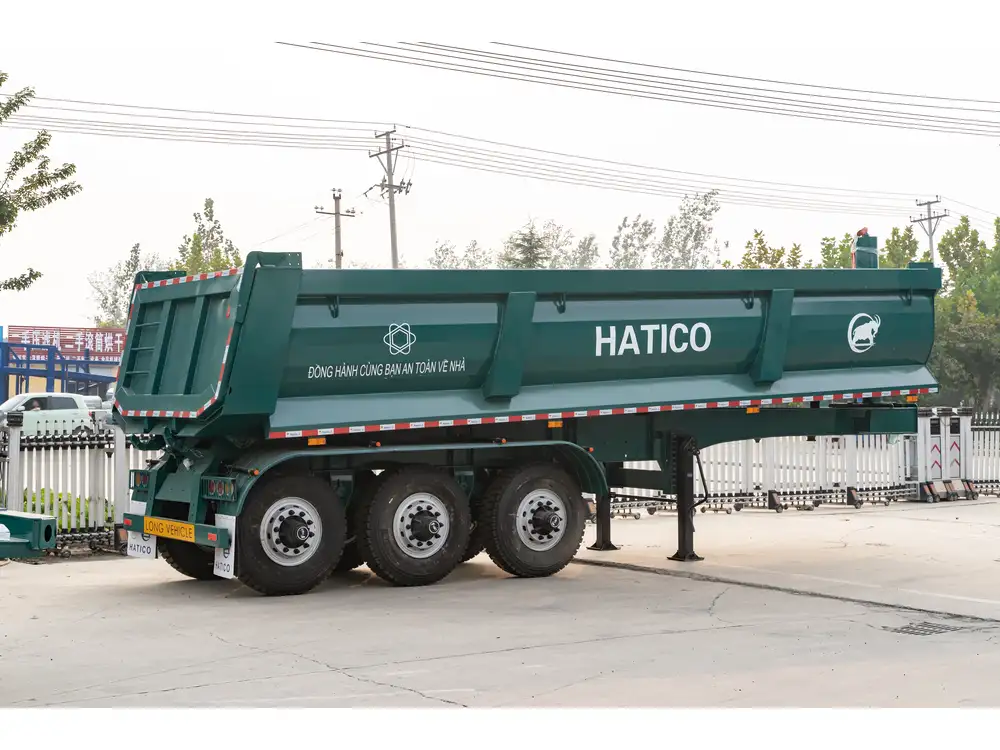Maintaining the cleanliness and proper function of a trailer’s black water tank is paramount for any RV owner. A clean black water tank not only enhances hygiene but also prolongs the life of your trailer’s sewage system. This detailed guide aims to equip you with a thorough understanding of the cleaning process, best practices, tools needed, and common mistakes to avoid.
Understanding the Black Water Tank
Before delving into the cleaning process, it’s vital to understand what a black water tank is and its significance in a trailer setup.
What is a Black Water Tank?
The black water tank is designed to store waste coming from the toilet. Understanding its function is critical; neglect can lead to unpleasant odors, clogs, and health risks. Regular maintenance is essential to prevent the accumulation of waste and buildup of bacteria.

Common Issues with Black Water Tanks
- Odors: Unpleasant smells can emanate from the tank due to trapped gases.
- Buildup of Solids: Ineffective disposal can lead to a thick sludge that causes blockages.
- Leaks: Over time, seals and connections can corrode, leading to leaks.
Addressing these issues through regular cleaning is crucial.
Supplies Needed for Cleaning
To tackle the cleaning process effectively, gather the following supplies:
| Item | Purpose |
|---|---|
| RV-friendly tank cleaner | To break down waste and sanitize the tank |
| Gloves | To protect hands from bacteria and chemicals |
| Hose with a sprayer | To rinse out the tank thoroughly |
| Bucket | For collecting waste and water |
| Water agitator / Tank rinser | Helps to agitate the waste |
| Toilet paper (biodegradable) | For dry cleaning inside the tank |
| Funnel | To prevent spills during filling |
Step-by-Step Guide to Cleaning Your Black Water Tank

Step 1: Preparation
- Locate the Valves: Identify the outlet and vent for the black water tank.
- Wear Protective Gear: Put on gloves and, if desired, a mask for added safety.
Step 2: Dumping the Tank
- Connect your sewer hose: Ensure it’s securely attached to both your trailer and the sewage dump station.
- Open the black water valve slowly. This process releases the contents into the dump station.
- Flush with Water: After emptying, introduce fresh water through the tank. If available, use a black tank flushing system to sanitize and remove remaining waste.
- Close the black water valve.
Step 3: Adding Cleaner
- Follow the manufacturer’s instructions for your selected RV black tank cleaner.
- Use a funnel to prevent spills while pouring the cleaner into the toilet.
- Add several gallons of water through the toilet to mix the cleaner with waste remnants inside the tank.

Step 4: Agitation
- Let it Sit: Leave the mixture to sit for 12 to 24 hours. This allows the cleaner to break down any waste residue.
- Rinse: After the wait, flush the toilet to agitate the mixture before the final cleanout.
Step 5: Final Dump
- Repeat the dumping process to eliminate the waste and cleaner mixture.
- Introduce another fresh water flush to ensure complete removal of residues.
Step 6: Routine Maintenance
- After cleaning, regularly add RV tank treatment after each dump to reduce odors and aid breakdown.
- Ensure to check the tank’s gauge occasionally to monitor levels and avoid issues before they arise.

Additional Best Practices for Care
Inspect Your System Regularly
- Check for Leaks: Examine hoses and valves for any deterioration.
- Test Sensors: Inaccuracies in tank sensors can lead to overflows. Test regularly to ensure they function properly.
Avoid Chemical Cleaners
- Stay clear of harsh chemicals that can damage the tank, sewer lines, and the environment. Always opt for biodegradable or RV-safe products.

Utilize Good Habits
- Limit Usage of Regular Toilet Paper: Use RV-compatible toilet paper to avoid clogs.
- Minimal Solid Waste Disposal: Keep solid waste to a minimum by using RV toilets appropriately.
Troubleshooting Common Problems
Even with regular maintenance, issues can arise. Here’s how to address some common problems you might encounter:
Problem: Persistent Odors
- Check Ventilation: Ensure that the vent pipe is clear, allowing gases to escape.
- Use Digestive Enzymes: Consider using biotic tank treatments that can digest waste without harsh chemicals.

Problem: Clogged Tank
- Drain with Pressure: If the tank is clogged, attach a high-pressure sprayer to the drain hose to break down any stubborn buildup.
- Rinse Regularly: Consistently rinsing prevents extensive buildup.
Problem: Slow Drainage
- Inspect Tank and Hoses: Ensure there are no bends or blockages in the sewage hose.
- Flush with Additional Water: Sometimes, adding a little more water can help the waste flow better.
Frequently Asked Questions

How Often Should I Clean My Black Water Tank?
Cleaning frequencies vary based on usage. However, a general guideline is to clean every 3 to 4 weeks during regular usage. Less frequent usage may allow for longer intervals, but regular inspection is encouraged.
Can I Use Household Cleaners to Clean My Black Tank?
Opt for RV-specific products over household cleaners. Household cleaners can harm the tank’s integrity and cause damage.
What Should I Do If I Don’t Have Access to a Dump Station?
If you find yourself without immediate access to a dump station, consider using a portable waste tank designed for RVs to relocate waste safely to a proper disposal site.

Conclusion
Cleaning your black water tank in a trailer is not just about hygiene but is integral to ensuring the longevity and functionality of your RV’s waste management system. By effectively following this comprehensive guide, you can prevent common malfunctions, ensure pleasant travels, and enjoy the outdoors without the worry of odor or mess.
Whether you’re a seasoned RV enthusiast or a newcomer to trailer living, maintaining your black water tank will significantly enhance your overall experience. Remember to follow all steps with diligence, leverage best practices for ongoing maintenance, and troubleshoot common issues promptly. With proper care, your trailer’s waste system can provide reliable and odor-free usage for years to come.



